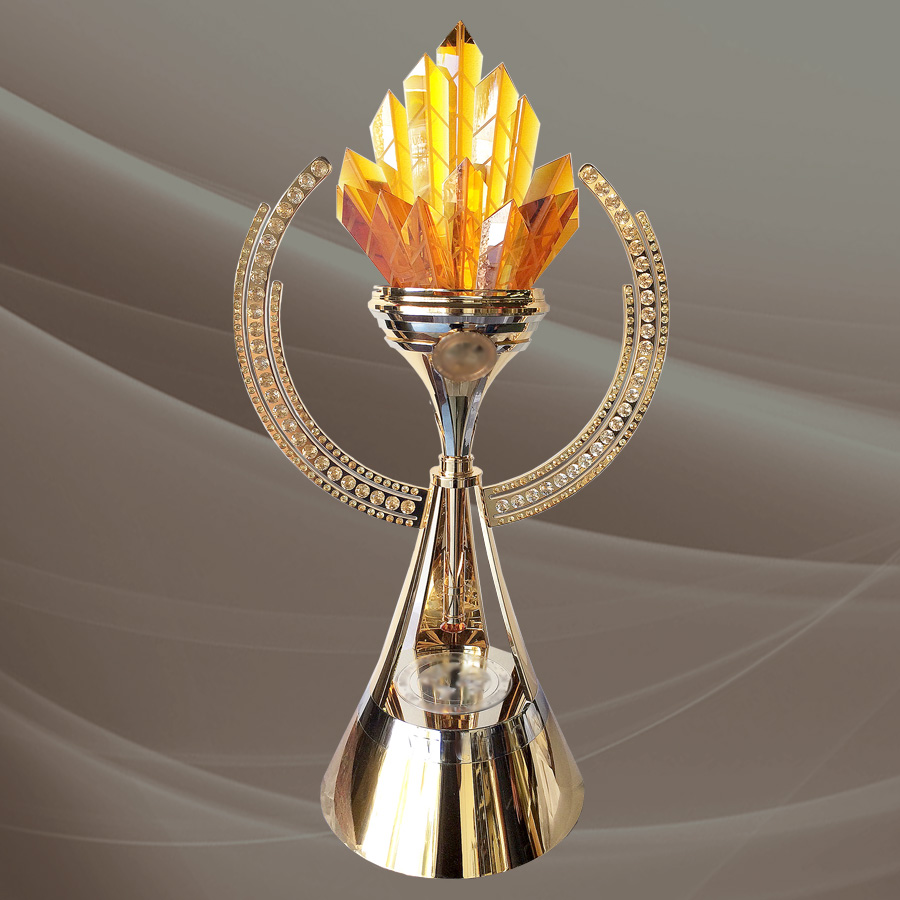Optical crystal, a hand-forged substrate renowned for its luminosity, refractive brilliance, and luxe-looking purity rivaled by few other award materials, gets used to create crystal awards and glass trophy.
Difference between crystal and glass award
Crystal and glass are relatives in the award substrate family tree, seeming identical at first glance yet with enough distinctions and singularities to distinguish them upon closer study.
Composition
Silicon oxide, often known as sand, is used to make optical crystal and glass combinations.
Glass formation
Glass gets made up of sand particles that have fired to incredibly high temperatures. The mixture turns into a moldable form during the sand-firing process, resulting in the award’s distinctive and customizable final shape.
Crystal formation
Traditional crystal, on the other hand, necessitates the use of lead to fusing the sand. Authenticated lead-infused crystals must have a minimum lead concentration of 24 percent and a maximum lead concentration of 30 percent. Many crystal award designers and manufacturers prefer optical crystal, a lead-free option that retains all of the distinctive features of lead crystal without compromising any visual purity or high-sparkle effects associated with conventional crystal.

Aesthetics
While both glass trophy and crystals conjure up ideas of clean, colorless, and transparent surfaces, there are significant aesthetic distinctions between the two.
Clarity
One of the bright and dazzling natural substances known is crystal. While blown glass has a natural sheen, its light refraction isn’t quite as good as pure optical crystal, resulting in a less clear light ray distribution and a somewhat duller final shine.
Vibrancy
Light penetrates through crystal more easily and distributes itself more widely. Glass’ air bubble striations, on the other hand, interrupt a light-ray transfusion, reducing its brightness.
Colour
The blown glass contains trace hues that are not visible to the naked eye yet alter the color and purity. There is no way to remove the color traces that have left on the glass. Crystal is an organic substrate that is clear and free of natural colors, tints, and discolorations.
Weight
The weight of crystal awards will be more than that of glass prizes. As crystal’s molecular composition is denser than glass, it results in a more compact substrate material. The fact that crystal is difficult to scratch or damage is due to its density. Crystal surfaces will last considerably longer than their material counterparts, such as glass, particularly longer than acrylic trophies.
Price
Crystal is a high-end material with unsurpassed luminosity, light refraction, and durability. This mix of form and long-term function cost more than glass or acrylic trophies, but it will have a massive impact, endure longer, and require less care.



















